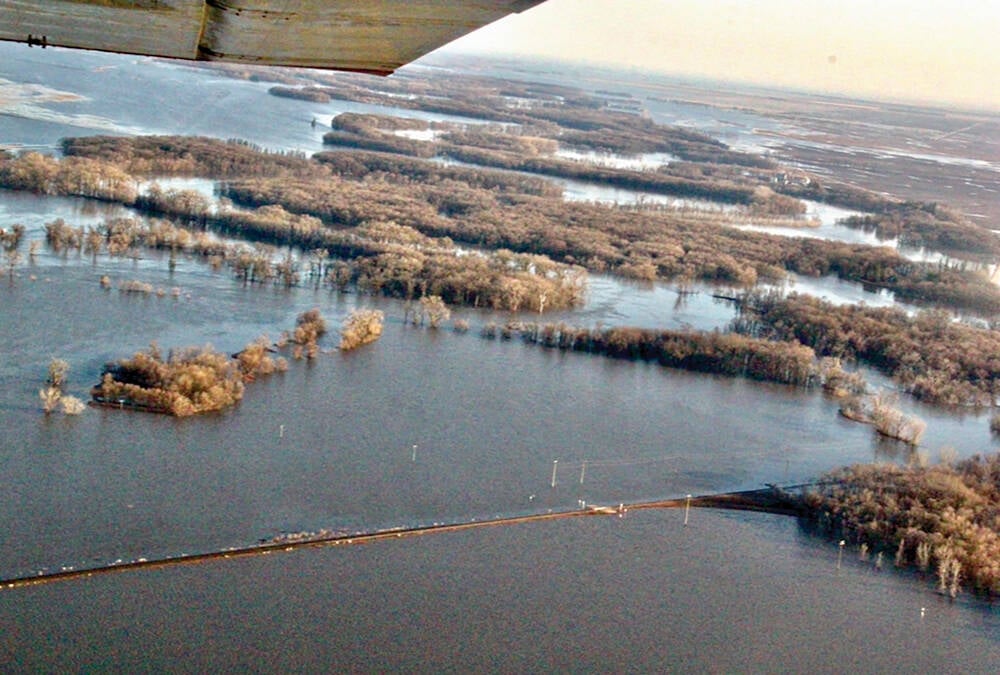Dry beans are a significant crop in Manitoba, but they can also be grown farther west and without irrigation.
Ray McVicar, a special crops specialist with Saskatchewan Agriculture, says his department has released new information on narrow-row production systems for non-irrigated dry bean production in the province.
“It makes clear two of the most important factors to consider when growing dry bean in narrow rows: regional adaptation and field selection,” McVicar said.
“Dry bean is not well suited to every area in the province, or even every field in an area suited to its production.”
Read Also

Rural Manitoba resources slim on natural disaster planning
A study from Brandon University’s Rural Development Institute has found that many rural and small municipalities don’t have the staff or resources to make formal climate plans against natural disaster.
McVicar said dry beans are best suited to medium-textured loams in regions not prone to late spring or early fall frosts, since it has no frost tolerance. He said early experience suggests that narrow-row production is best suited to the thin black soil zone where late summer rainfall amounts tend to be higher.
“Other aspects to consider when selecting a field for dry bean include the drainage, as dry bean will not tolerate saline soils, wet soils or soils prone to any standing water.”
Careful consideration should be given to the crop rotation history to ensure volunteer crops can be managed in the years of dry bean production.
Beans are highly susceptible to Sclerotinia stem rot, also known as white mould, and tight crop rotations including other broadleaf crops such as canola, mustard, pea, lentil, sunflower and potato should be avoided. Dry bean seedlings are susceptible to some herbicide soil residues.
To prevent damage to harvest equipment, avoid excessively stony fields. McVicar said dry beans are also better suited to soil that warms rapidly in the spring.
“Soils that are slow to warm or are covered by thick residue from the previous year’s crop can lead to very slow bean emergence and development.”
As with any new crop, dry bean production should be started on a small scale, he said, because problems and errors are inevitable.
“With small acreages, farmers can afford to experiment. More problems are consistently reported during the first year of production because dry bean is a high management crop that is not easy to grow.”
Dry beans are the largest pulse crop in the world. Major producing countries are Brazil, Mexico and the United States. During the past decade in North America, dry bean production has been shifting to the Midwest, so that now the largest producing areas are North Dakota and Minnesota.
Manitoba grows about 200,000 acres of dry beans a year, mostly on dry land and in wide rows.
Alberta production averages 40,000 acres a year and is limited to the irrigated area in the south. In Saskatchewan, dry beans have been successfully grown as a row crop for about 10 years in the irrigated area near Lake Diefenbaker. In 2002, dry beans were grown on 12,350 irrigated and dry land acres.
Saskatchewan Agriculture’s new Farm Facts publication, Dry bean in Saskatchewan: Narrow-row production system, is available at all rural service centres and on the department’s website.














